There has been much talk in the media regarding impending prisoner release deals, on the Hamas front involving Gilad Shalit, who on 25 June marked the end of his second year in Gaza captivity and the pending deal with Hizbullah, which officials hope will result in the release of IDF soldiers Ehud Goldwasser and Eldad Regev, who were abducted by Hizbullah on July 12, 2006.
On the other side, expected to be removed from the emotions, the torn families, the considerations involving pained parents and spouse, are the decision-makers such as intelligence officers who must recommend, the IDF chief of staff, ISA (Israel Security Agency – Shin Bet) and Mossad officials and the many others responsible for stating their opinions towards directing elected officials to reach a decision.
While the emotional turmoil being endured by the families makes for good news sales, it mustn’t become the determining factor, callous as it may sound. Ultimately, the decision-makers must weigh and consider all the data, but the decision must above all take national interests into consideration, the other soldiers and security personnel who will be impacted by the decision, whatever it may be, the many parents who will agree and disagree with the cabinet decision, reflecting on their own offspring who may be serving in the IDF or elsewhere.
Former IDF Chief of Staff Moshe Ya’alon made news headlines this week when he stated if the price is too high, there is no alternative but to sacrifice the soldier. The media quickly ran to the pained parents who were devastated by his words. They did an injustice calling upon parents to respond, for they could only have one response, “save my son”. The decision-makers on the other hand must see beyond the pain and suffering, burdened with the responsibility for the nation’s security.
One of the people now contemplating such a decision is IDF Chief Rabbi Brigadier-General Avichai Ronsky. It is fair to assume that the former secular Jew did not foresee himself in such a position years ago when he accepted the Yoke of Torah and Mitzvos upon himself, compelled to decide if the IDF will declare Ehud Goldwasser and Eldad Regev dead or alive, soldiers who on the one hand may feel the embrace of waiting parents when they are released by their brutal captors, or chas v’sholom returned in coffins, awaiting a military funeral with all its honors.
One of the considerations here is the issue of Karnit Goldwasser, Ehud’s wife, now an aguna. Rav Ronsky has already conferred with Sephardic Chief Rabbi Shlomo Amar Shlita, who is a known expert with much experience in this area. Rav Ronsky is expected to also confer with other Gedolei HaDor, especially with Maran Rav Ovadia Yosef Shlita, who is considered by most as having extremely broad shoulders, having decided the fate of many agunos.
After the 1973 Yom Kippur War, then new to the post of chief rabbi but already known as a Torah giant, Rav Ovadia had to decide the fate of some 1,000 agunos. He was appointed Av Beis Din to the aguna court, which decided the fate of the soldiers who were never seen again after being sent to defend their country.
He was also called upon following 9/11, with most rabbis unwilling to accept the awesome responsibility involved in permitting a woman to remarry, or chas v’sholom condemning her to a life of solitude.
Rav Amar, in his capacity as the nation’s top Dayan, has vast experience and well understands the complexities of the issues at hand, but explains that in the case of soldiers and police, halacha has special provision which address the lack of physical evidence.
In most cases the rabbonim seek physical evidence, something tangible, making a concerted effort to distance their decision-making process from word-of-mouth and hearsay alone, there are other means, witnesses, intelligence reports and more.
Shomer Shabbos or not, the opinions of the intelligence and senior military community weigh heavy in the decision, and we may not be flippant, but we must feel compelled to attempt to understand the gravity of the situation and the final decision vis-à-vis the two soldiers. Rav Ovadia in many cases invited senior IDF officers and the chiefs of staff to meet with him prior to rendering a final verdict, realizing the need for weighing in the professional military aspect, i.e., consideration how a decision may impact the thought process of terrorists and future acts of terror against Israel, along with the many other factors.
Former IDF Chief Rabbi Brigadier-General Yisrael Weiss has first hand experience. He declared the soldiers from Sultan Yakoub, Zechariah Baumel, Yehuda Katz and Tzvi Feldman as “soldiers who died and whose burial place is unknown” but the process did not rest, and eventually, the 2004 decision, 22 years after they vanished in battle, was turned around and still today, they are listed as “missing in action”. There were many differences of opinion then, including the then chief of staff, Moshe Ya’alon, and his deputy, Uzi Dayan, who had opposing opinions, as well as many others. The next IDF Chief of Human Resources, who serves in the post still today, Major-General Elazar Stern, played a pivotal role in reversing the decision for “humanitarian reasons” which followed the pained objections of the families. (Stern is a member of the dati leumi community). In the case of Sultan Yakoub, the soldiers were hesder yeshiva students so there was no issue of an aguna. The case was and remains too complicated for this article, but experts from every field are called in. One such expert witness (person) in the Sultan Yakoub case, who was instrumental in getting the chief rabbi’s decision reversed, (the decision to reverse the chief rabbi’s decision), was Prof. Avi Rifkind, who heads the Hadassah Ein Kerem trauma unit, perhaps the number one authority on trauma in Israel. He determined that if Yehuda Kaplan, the fourth man in the tank, survived, he could not rule that the others did not.
Weiss also dealt with the decision in 2001, when he declared three soldiers in Hizbullah captivity dead, based on military findings and intelligence reports. Sergeants Adi Avitan, Benny Avraham and Omar Suad were abducted from the northern border in October 2000. Their remains were eventually returned to Israel in the 2004 Elchanan Tannenbaum prisoner exchange deal. Rav Weiss admits that despite his decision, until the coffins were seen there was always that fear, perhaps, just perhaps, the information was erroneous and they were alive. He admits it was an uneasy feeling until the bodies were brought home. Rav Weiss explains that halacha knows how to offer an answer even when the bodies have not been seen.
There is the case of IDF soldier Chezi Shai, who teaches us that not everything is necessarily as it appears. He was declared dead in the First Lebanon War in 1982, only to learn he was alive and exchanged in a prisoner deal two years later.
Speaking to Haaretz in a telephone interview, Rav Amar expressed criticism of the army’s treatment of the families in the case of Goldwasser and Regev. He explained that there was proof the two were killed and no formal announcement was ever made to the families. Now he explains, almost two years later, it cannot remain “as is” and a decision must be made and the families informed.
Rav Amar added that “every effort” must be made to bring them home, even if we are dealing with bodies. Among the many consideration explains Rav Amar, freeing an aguna is the closest thing to saving a life.
(Yechiel Spira – YWN Israel)

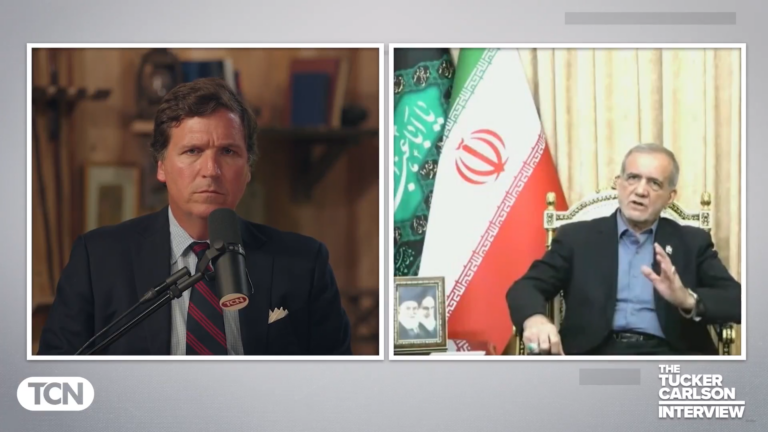


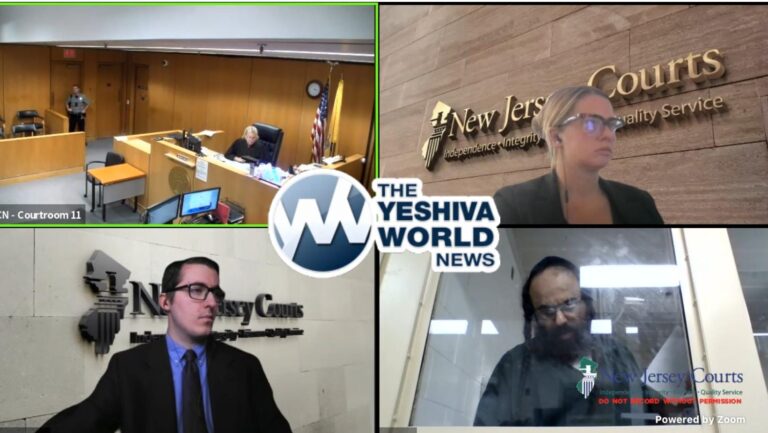

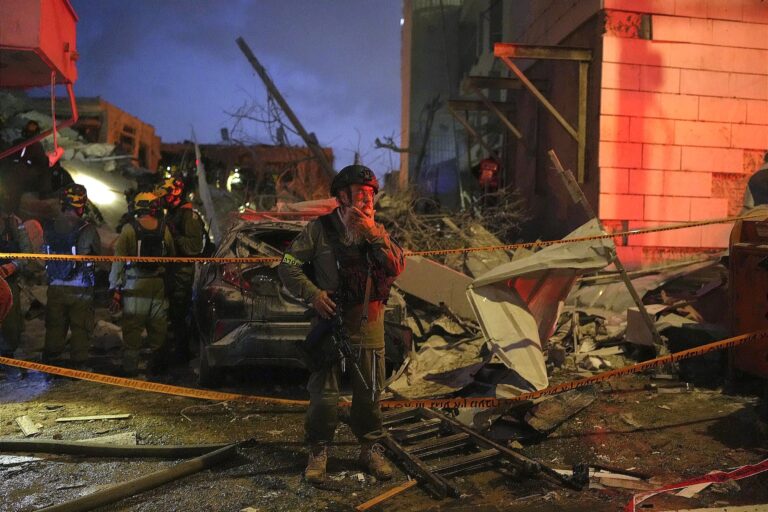
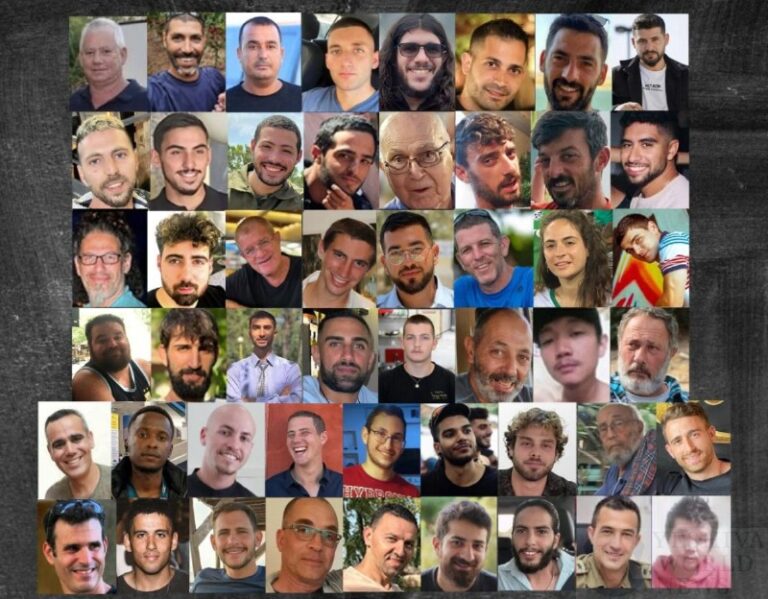

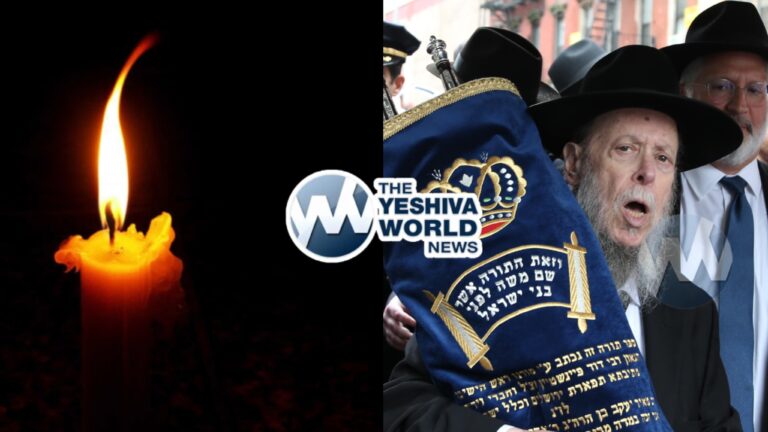
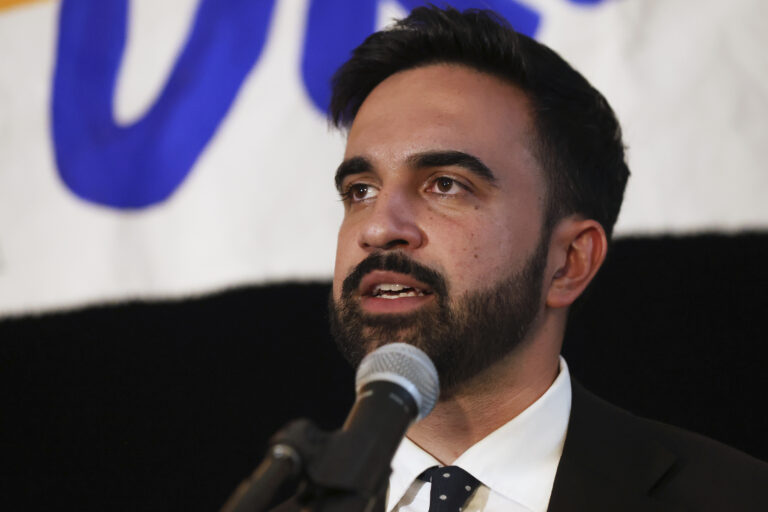
One Response
The “yolk” of torah and mitzvos! sounds eggcellent (poor guy)